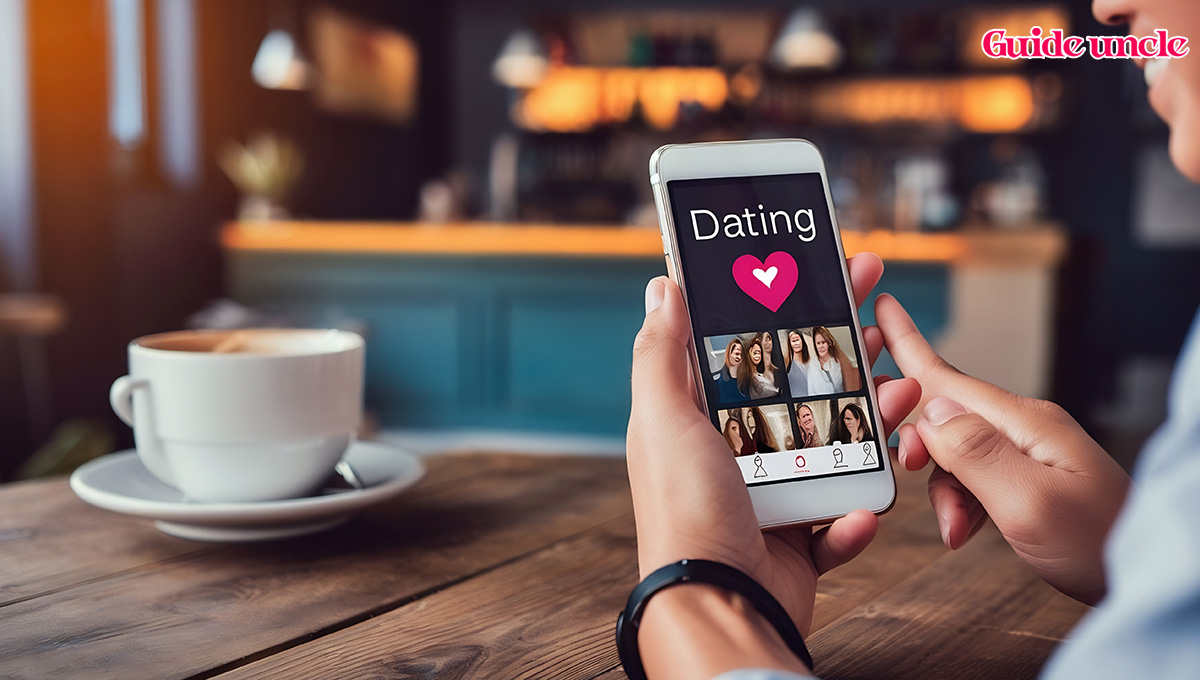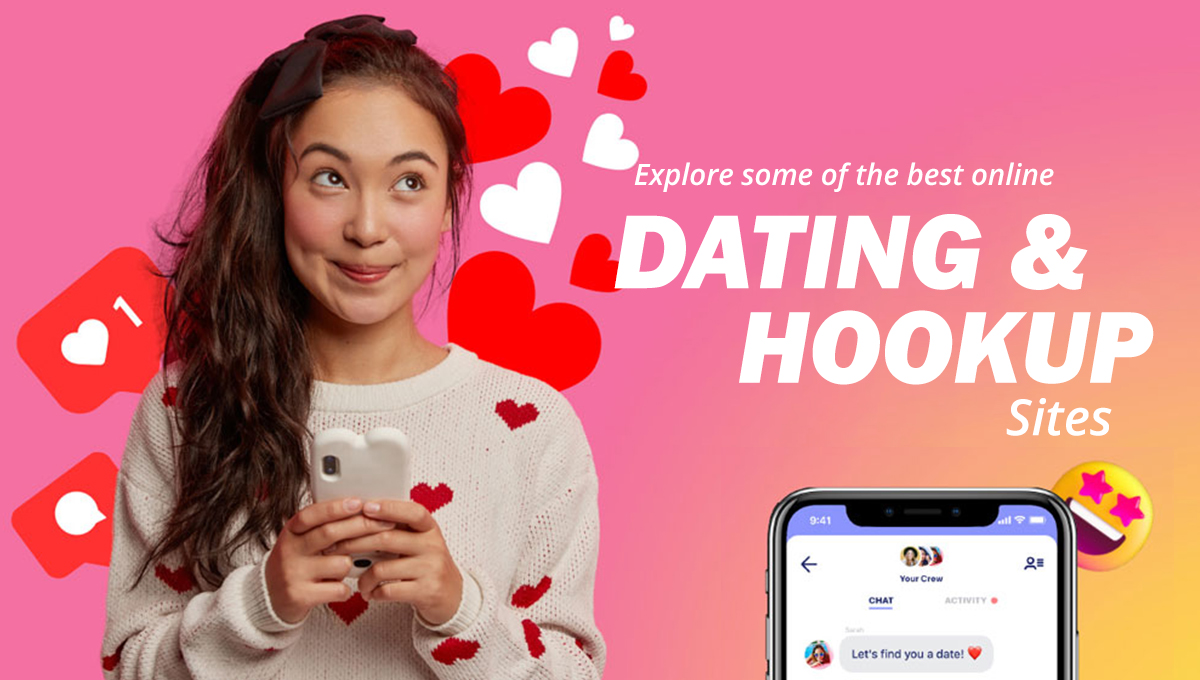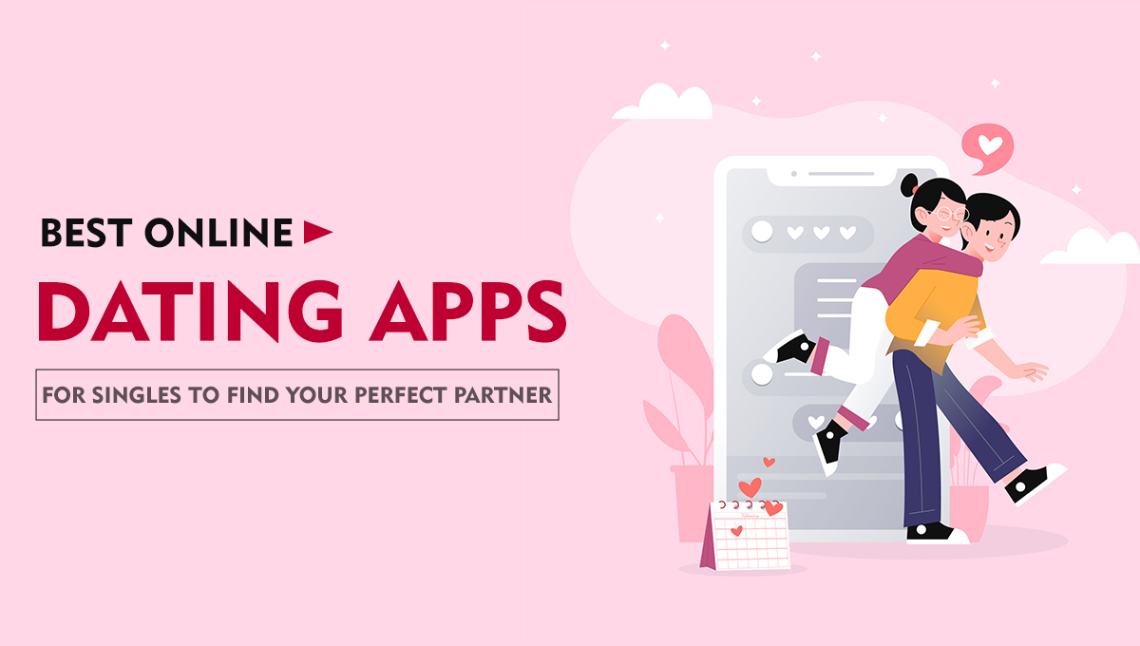
Matches Meet Metrics | The Rise of Dating Apps in Business
Gone are the days when love letters took weeks and awkward first meetings were organized by friends or fate. In 2025, your following relationship (or at least your next date) is likely just a swipe away. The rise of dating apps has completely revolutionized advanced romance—and it’s not fair about love anymore. It’s almost connection, identity, convenience, and, let’s confront it, entertainment.
These apps have morphed into digital playgrounds where the rules of attraction are managed by algorithms, bios, emojis, and an irresistible profile picture. But what does this say almost the future of love and relationships? Let’s decode the dating matrix.
How Do Dating Apps Work in 2025?
Today’s dating apps are more than digital matchmakers—they’re full-blown data machines. Behind every swipe is an AI that learns your preferences faster than your best friend.
From location tracking and shared interests to facial recognition and sentiment analysis in bios, the new wave of apps is smarter and faster. They don’t just connect people; they optimize who you connect with.
And while this sounds like Cupid 2.0, it also comes with its own set of challenges.
The New Age Struggle: Dating App Addiction
Digital romance can be addictive. Dopamine hits from matches and the thrill of possibility often pull users into a cycle of compulsive swiping.
While these apps promise connection, they can sometimes foster disconnection, making dating app addiction a very real thing. Mental health experts now compare it to other digital addictions, calling for more mindful usage.
Features like daily swipe limits, weekly activity reports, and self-reflection prompts are becoming common to counteract this.
The Double-Edged Swipe: Impact of Dating Apps
There’s no denying the massive impact of dating apps on our relationships. On one hand, they’ve made dating more accessible, inclusive, and time-efficient. You can meet someone while commuting, at lunch, or while waiting for your pizza delivery.
But they’ve also shifted expectations. The abundance of choices has created what experts call "dating fatigue." Users can sometimes feel like they’re stuck in a loop of never-ending small talk and ghosting.
This takes us to a growing concern:
Online Dating Statistics to Know in 2025
Let’s look at how the rise of dating apps is backed by data:
|
Metric |
Stat (2025) |
|
Global dating app users |
400 million+ |
|
Average time spent daily |
1.8 hours |
|
Success rate of matches leading to relationships |
38% |
|
Users identifying as casual daters |
46% |
|
Top age group |
25–34 years |
These numbers reflect a society that is embracing online matchmaking more than ever before. However, these stats also reveal that not everyone is in it for love—and that’s okay.
Casual Dating vs Serious Dating: The Digital Divide
Another side effect of dating app culture? The redefinition of relationships.
Apps cater to different needs. Some encourage deep compatibility questionnaires; others promote quick flings. The line between casual dating vs serious dating is now algorithm-driven. This gives users the flexibility to explore, but it also blurs boundaries.
So before you download an app, ask yourself: what do you want out of it?
Online Dating Safety Tips for Smart Swipers
With great tech comes great responsibility. Safety in digital dating has never been more crucial. Here are quick online dating safety tips:
- Never share your full address or financial info
- Use video chat before meeting in person
- Meet in public places for the first few dates
- Share your location with a friend
- Trust your gut over a polished profile
Most apps now include built-in safety features like panic buttons, profile verification, and AI-driven red flag detection to keep users secure.
Rise of Dating Apps: A Cultural Shift in Modern Dating
The modern dating culture is no longer fair about candlelight dinners and long phone calls. It’s around memes, shared playlists, disappearing stories, and sending the perfect GIF.
The rise of dating apps has made love feel quick, fluid, and sometimes fleeting. But it’s moreover created space for more inclusivity, self-discovery, and openness. The computerized scene has permitted people from all walks of life to meet, date, and redefine what relationships mean to them.
Exploring the Most Popular Dating Apps in 2025
Some apps are designed to find your soulmate. Others, your next weekend plan. Among the most popular dating apps today:
- App A: Great for introverts looking for deep chats
- App B: A geo-based app that recommends matches nearby
- App C: Video-first dating app with real-time speed dates
- App D: For niche communities—book lovers, gamers, pet parents
These apps understand that personalization is key, especially when you're building a human connection through a screen.
Final Thoughts: Is Swiping the New Dating Standard?
In 2025, cherish doesn’t always come knocking. Some of the time, it pings. The rise of dating apps reflects more than just a technological shift—it reflects a cultural evolution in how we meet, interface, and drop in love.
Whether you’re in it for the long haul or just exploring, dating apps offer a front-row seat to human psychology, social patterns, and evolving relationship flow. Like any tool, their impact depends on how we use them.
So swipe mindfully, flirt responsibly, and maybe—just maybe—turn a click into something real.
FAQs
1. Are dating apps effective for serious relationships?
Yes. Many apps now cater to users looking for long-term connections, using compatibility-based matching.
2. How can I avoid dating app addiction?
Set time limits, take digital breaks, and use features like daily swipe caps to create boundaries.
3. Are online dating apps safe to use in 2025?
Most apps have strong safety tools like AI flagging, verification, and panic buttons. Still, follow basic safety practices.
4. What should I consider before choosing a dating app?
Think about your goal (casual or serious), user demographics, features, and reviews. Choose one that aligns with your intent.








